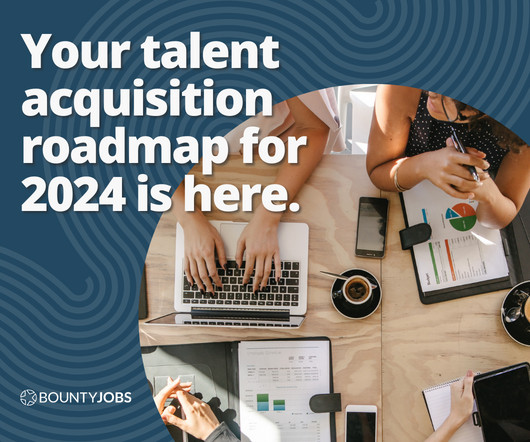Understanding talent acquisition vs. recruitment in 2020
PeopleStrategy
FEBRUARY 6, 2020
It’s hard to put a value on talent. While talent is technically a renewable resource (when an employee leaves, they can be replaced), there is no guarantee the new hire will be as strong a contributor to the organization (of course, they could bring even more to the table!). Why do these qualities matter?
























































Let's personalize your content